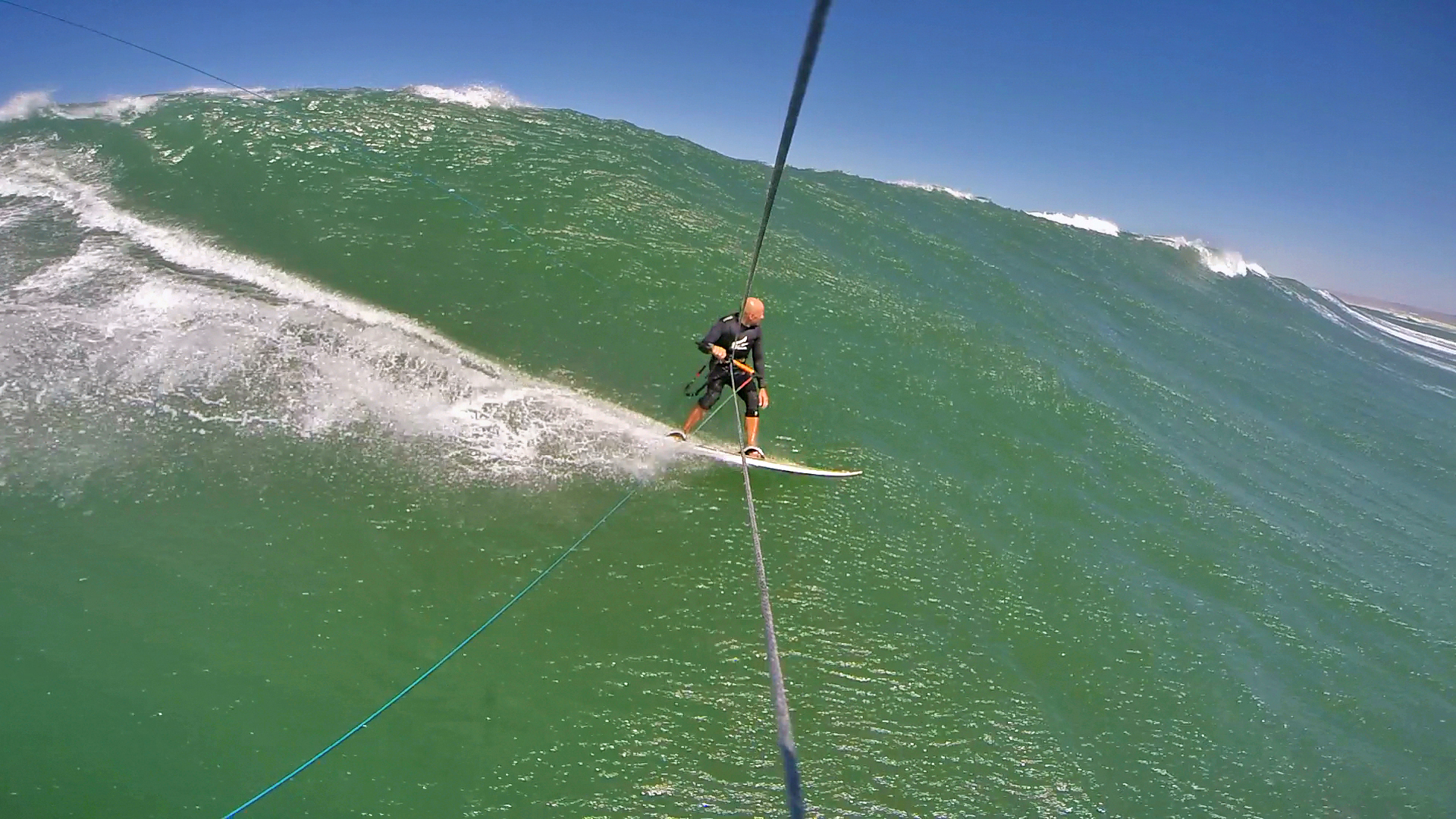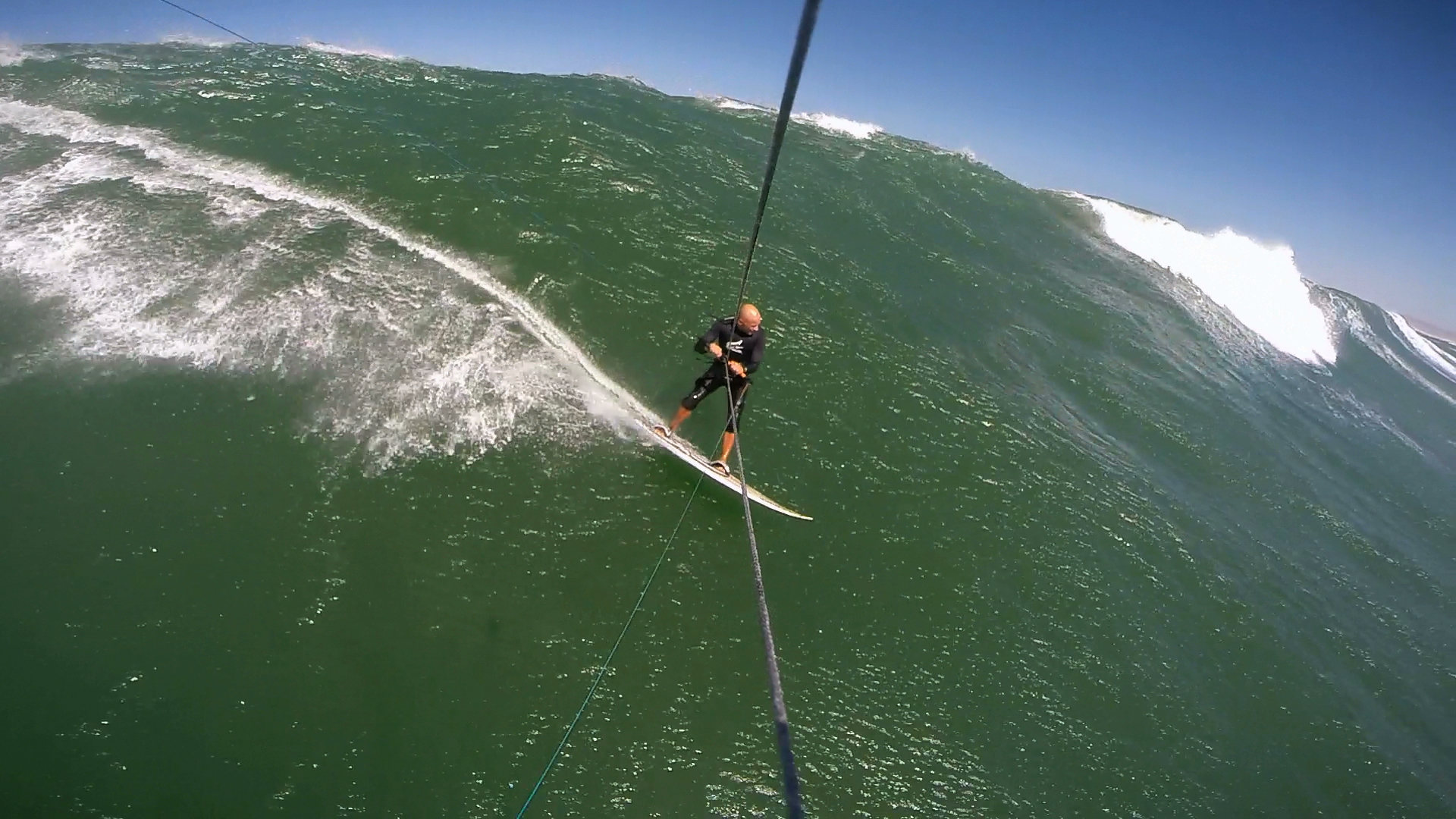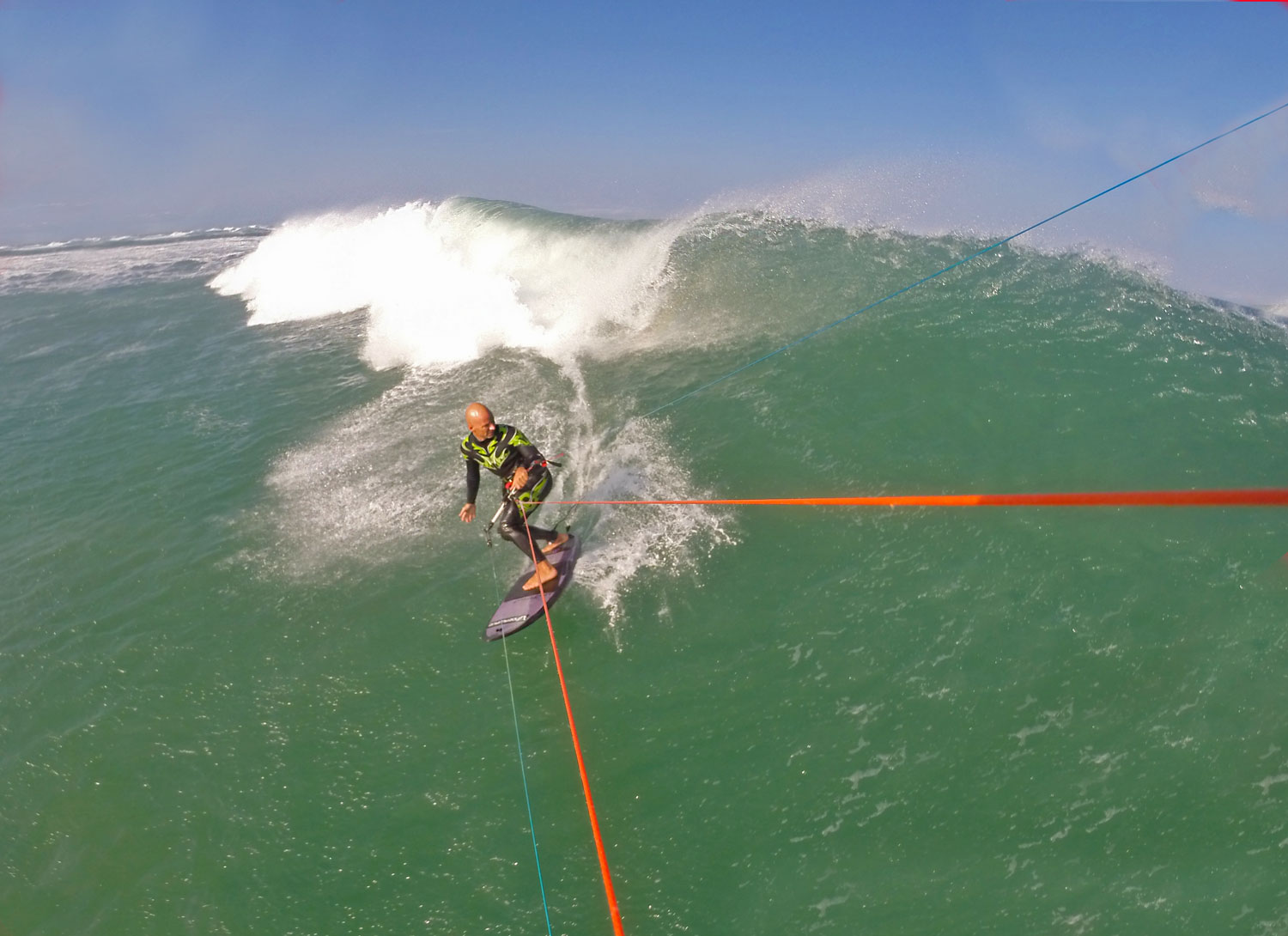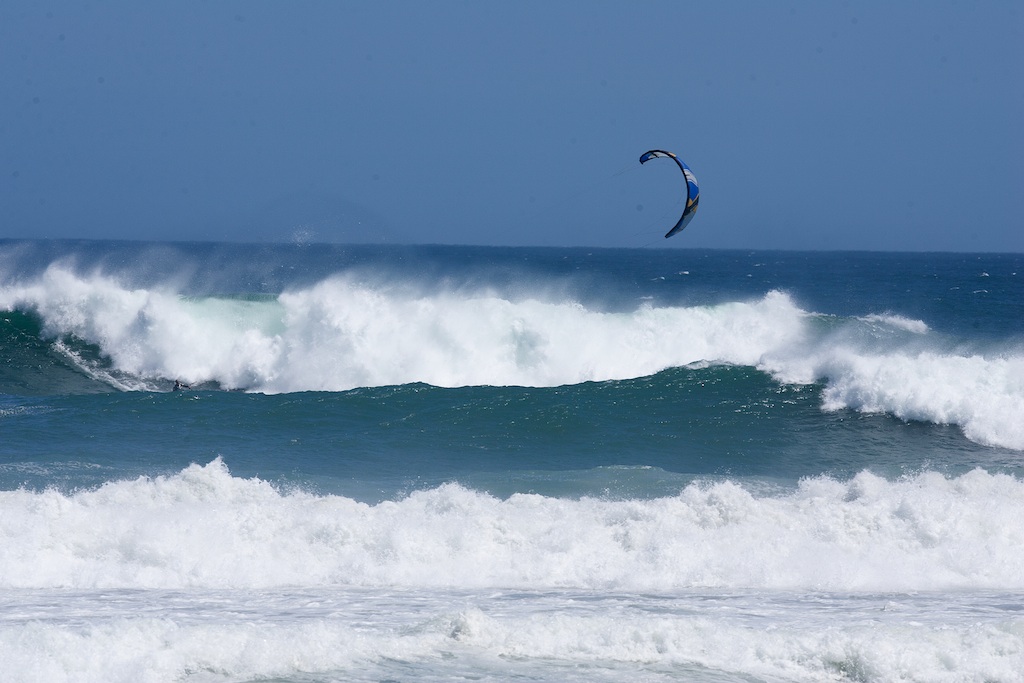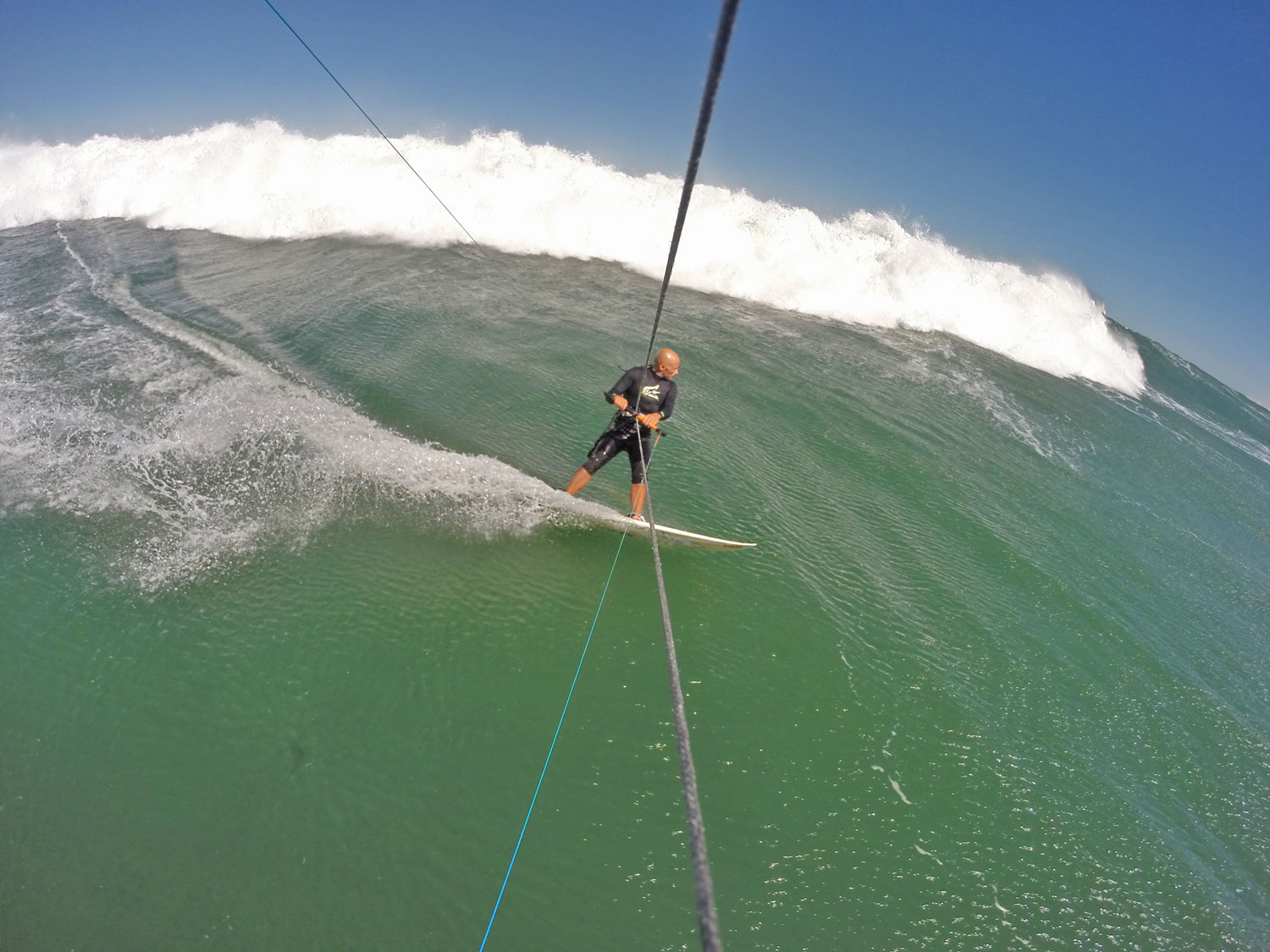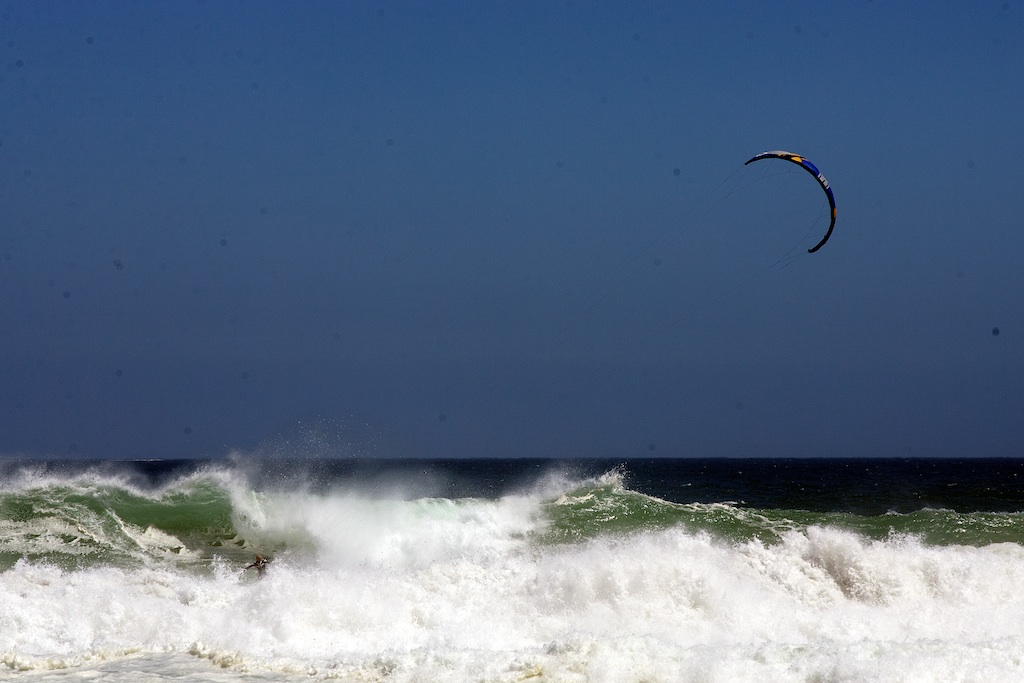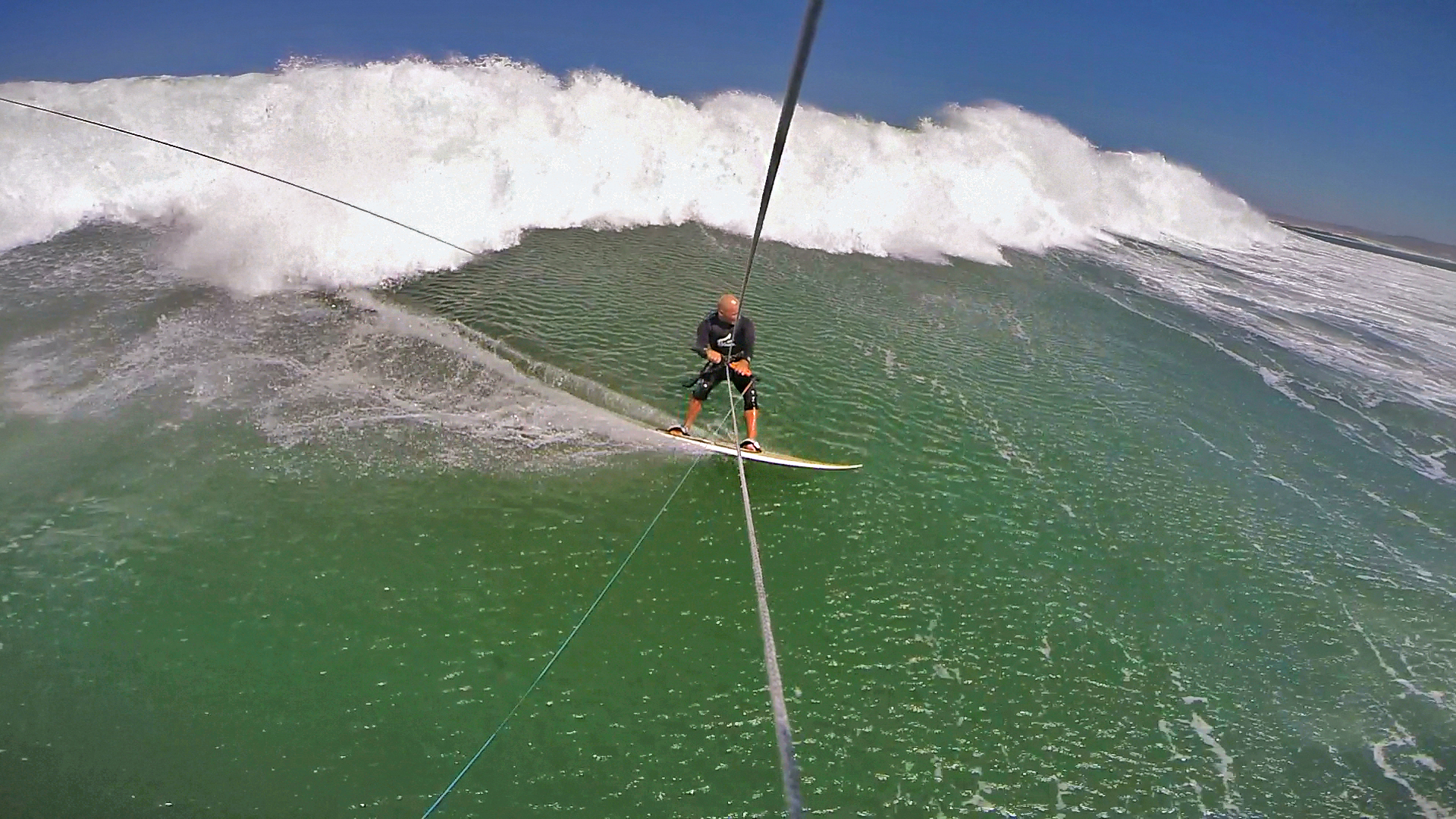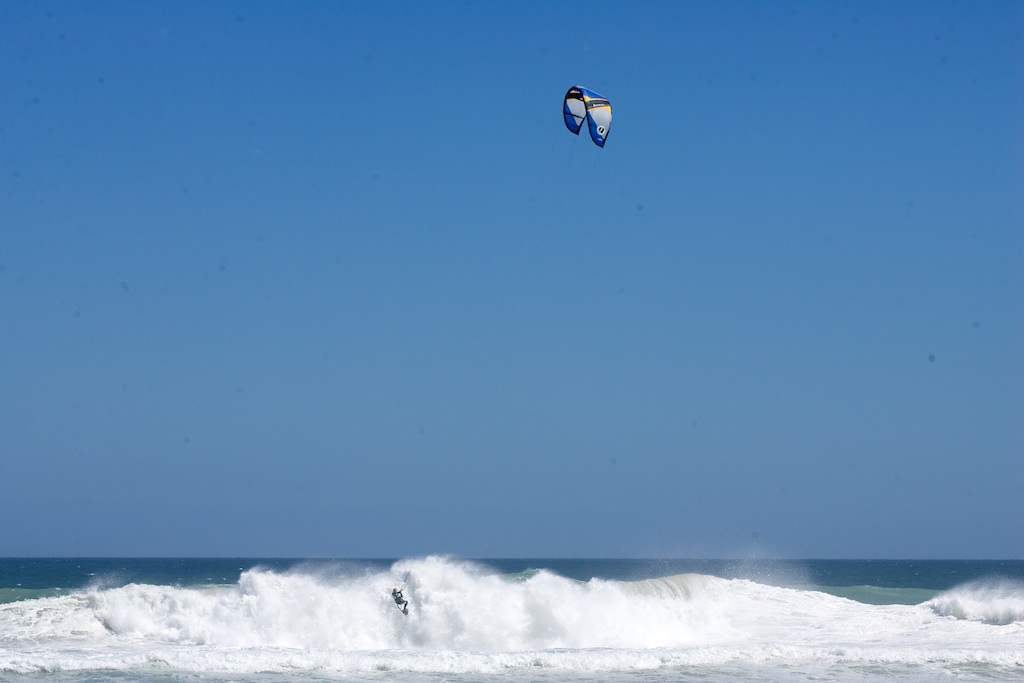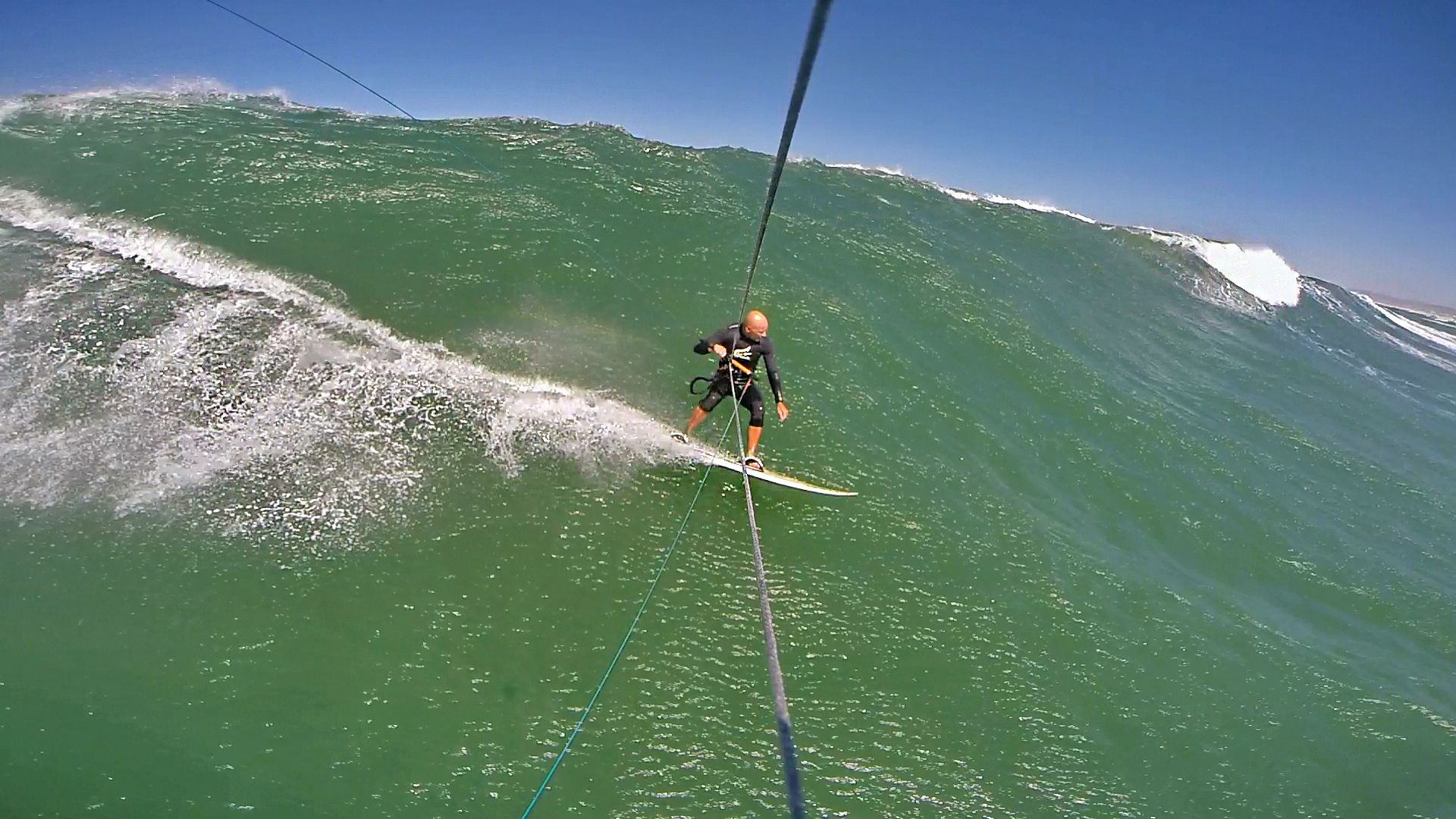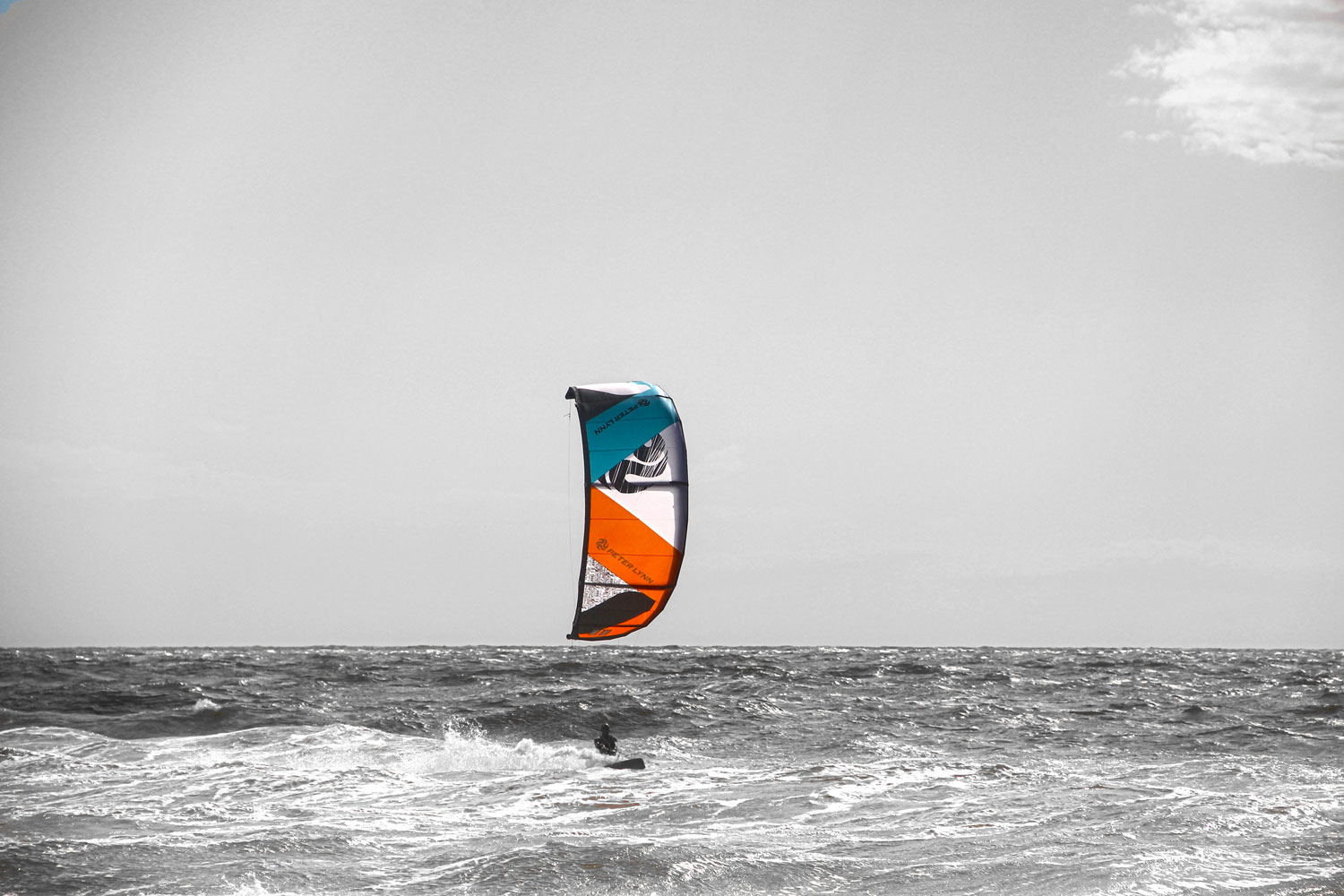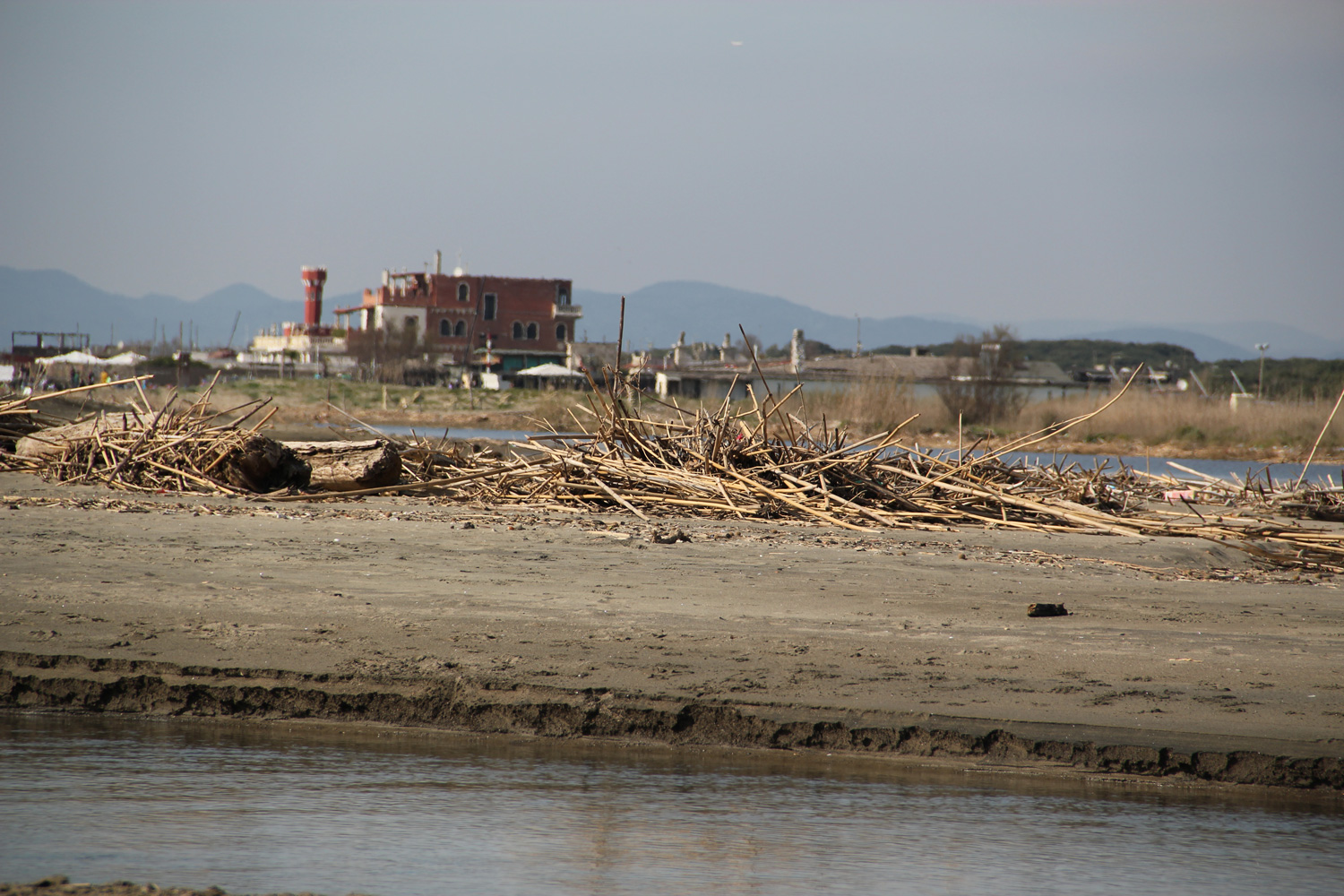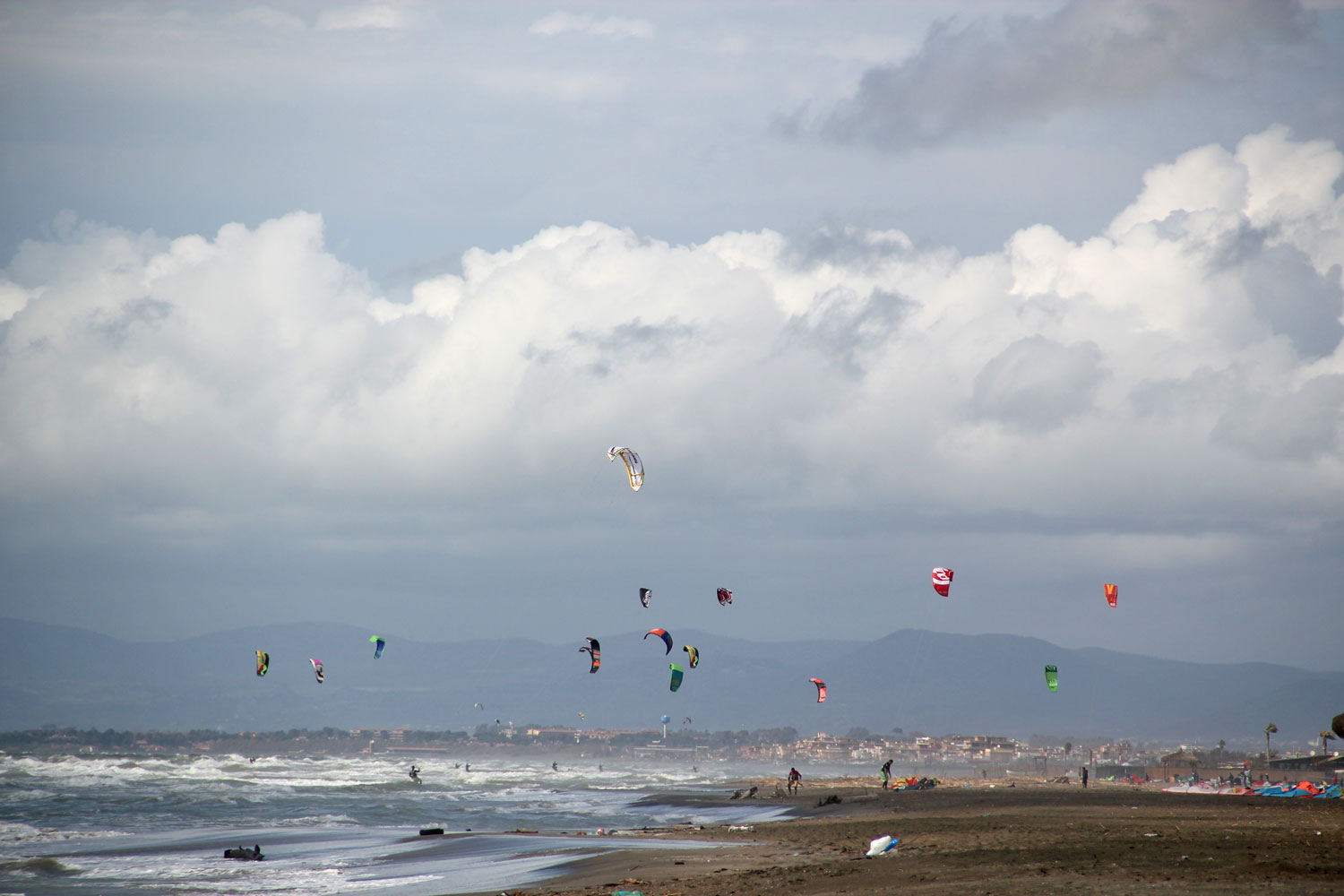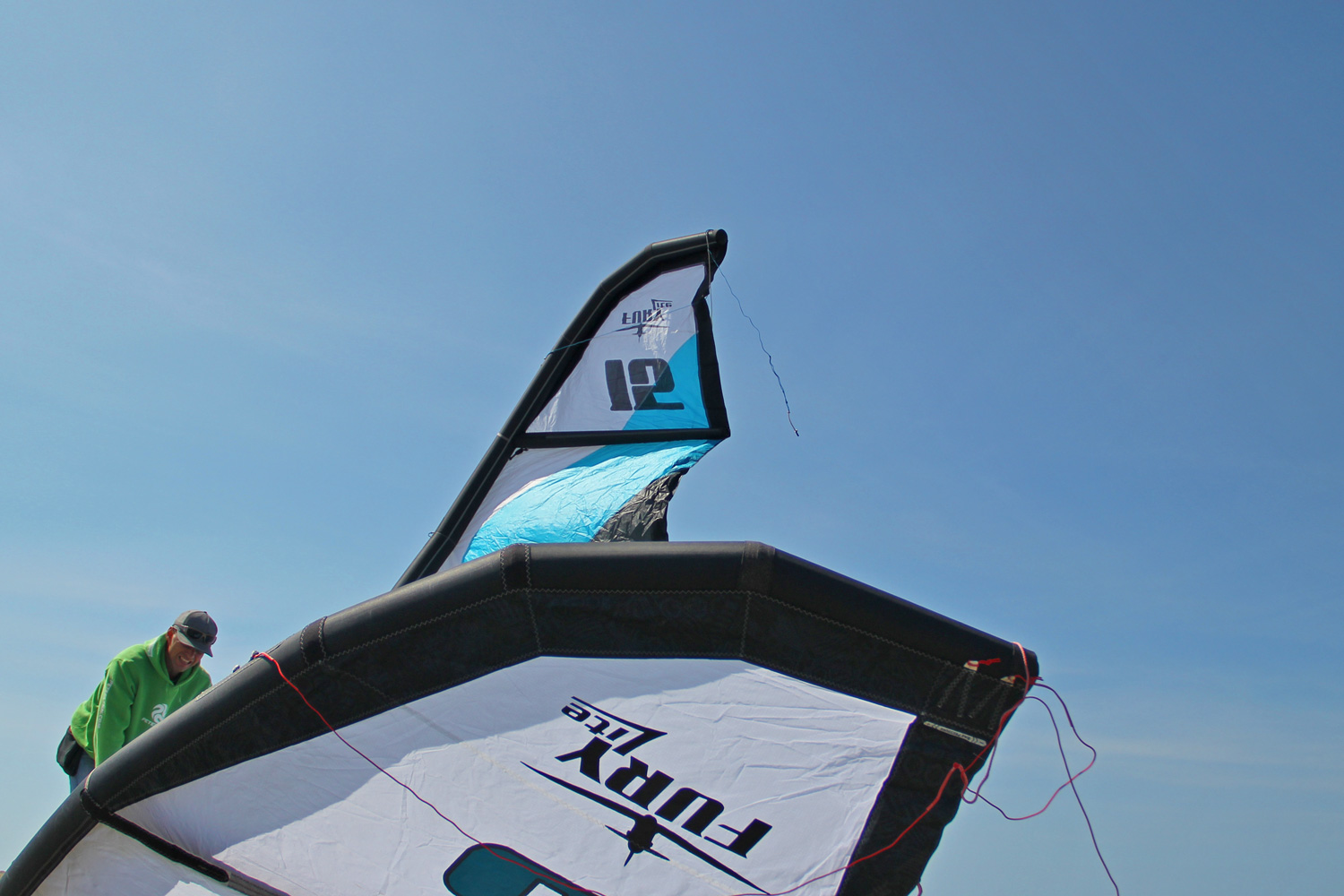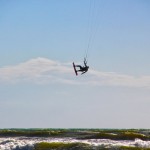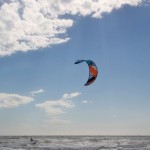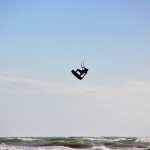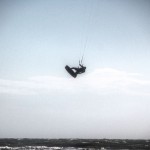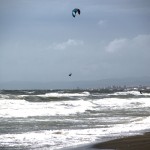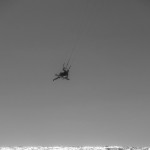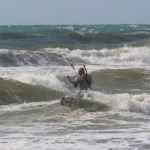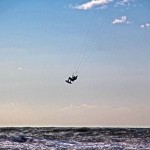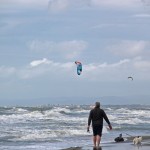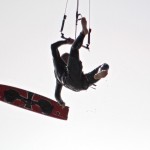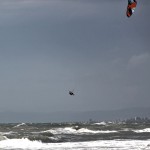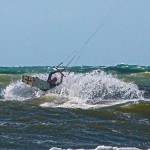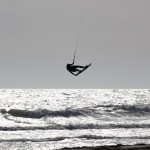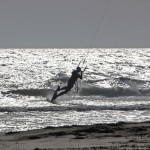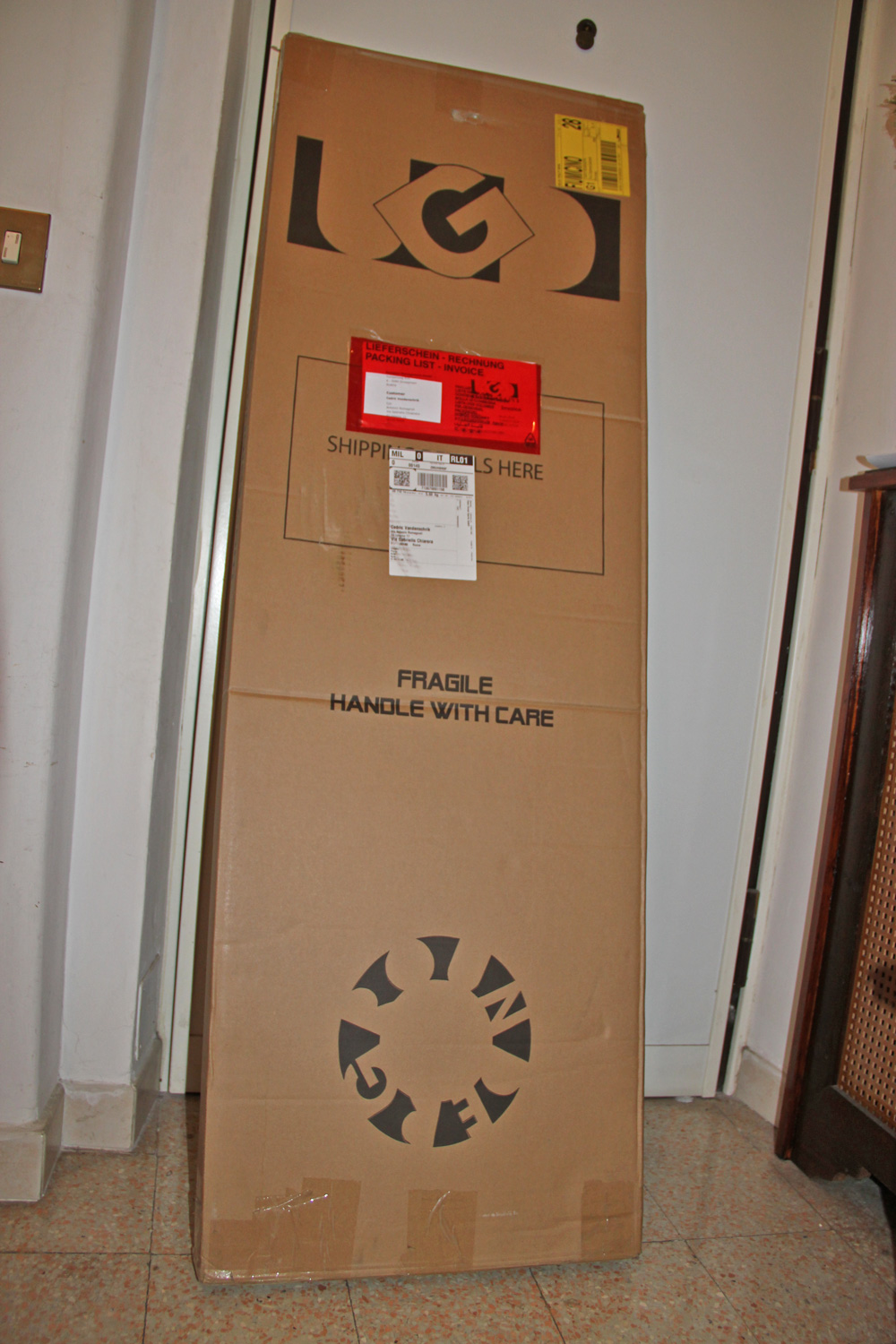It has always been in the nature of mankind to push the limits. Further, faster, stronger, and also bigger. Although for a majority it means their waistline, I suspect that people reading this post would be more likely thinking along different lines. kite lines perhaps?
So this time we are talking waves.
In the last 3 weeks I had two sessions is some pretty big waves. It sparked the idea of sharing some thoughts and experience on the subject.
Whether it’s bodysurfing, body boarding, wave skiing, supping, long boarding, surfing or kite surfing, few will deny the fact that the bigger wave is always the more exhilarating ride. But how does one approach big waves?
I do not profess to have the ultimate experience in big wave riding, there are a multitude of kids in places like Hawaii who have much bigger balls than me and perhaps more frequent outings in massive surf, however I can vouch that I have a fair amount of experience dealing with big surf on my own and with no immediate help nearby.
For the purpose of this blog we will define a “big” wave as follow:
“A wave that has the potential to put your life at risk by either keeping you under or knocking you unconscious. ”
So how does one face these exhilarating monsters. Perhaps the following advice will allow you to shortcut a whole lot of painful real life experiences (mostly due to having gone through them myself and having been lucky to come out alive)
Conditions
Big waves can come in all kinds of shape and form. From messy wind swell to solid ground swell. It can crumble from the top or tube top to bottom. And of course in the context of kite surfing with all kinds of wind conditions altering the wave face and the way the wave breaks.
Always try and understand the conditions as best you can before heading out.
Choose a kite size where you will be properly powered and start by having a few test runs before dropping into that pit.
In my opinion, rather be overpowered than underpowered.
Personally my worst scenario is a cross onshore fickle wind, underpowered with big swell. As far as I am concerned, a recipe for disaster.
Equipment set up
This is how I would personally set up my equipment:
No board leash
Kite leash to be removed. If necessary for some reason, attach it to the front of the harness so it is easily reachable.
I would say a floatation vest is a must. When you getting tumbled, you can easily loose your sense of up and down. the life vest doesn’t.
Straps/ No Straps: This is all dependent on conditions. Most people would amaze themselves at how big a wave one can get over without straps. The decision is not so much about size (although when its crazy big there is no doubt that straps are a must for safety and enjoyment) but more about the wave face conditions which is generally linked to the direction and strength of the wind.
Cross-off shore tends to clean the wave face where a cross-on makes it more bumpy.
Of course different experience levels will also mean that your “strapless comfort zone” will increase or decrease.
If it’s crazy big, long lines will allow your kite to sit above the potential wind shadow of the waves.
Make sure you have tried and tested equipment out there and know your release mechanisms intimately.
So what if something goes wrong
First thing to do is NOT PANIC.
Assess the situation as quickly as possible and stay level headed. Time is generally a key element to your survival.
The number one rule is to keep your lines tensioned and the kite in the air.
Kick the board away from you to avoid collision.
If the kite drops in front of the white water get away from your lines and release everything
If the kite drops behind the wave and you are not getting dragged, you generally have a few seconds to see if you can re-launch it, but always be ready to release everything.
The most dangerous thing is the lines wrapping around parts of your body. So releasing is always a better option…
It is obviously super important to understand and know the difference between a fun big wave, and a big wave that can do serious damage. We all have different experiences and perspectives.
A few of my kite-mares in big waves have included almost losing consciousness after hitting a oncoming lip on a mistimed jump, getting anchored to the bottom by my kite lines wrapped around my hand whilst foolishly trying to rescue equipment and getting dragged under water for a good while and unable to release. But level head and some luck got me out of those.
But even if big wave riding has some dangers associated with it and is not for everyone,  it is one sure way to get an adrenaline fix and your blood pumping!


